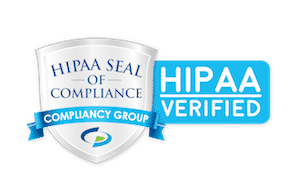The use of health information technology enhancements, such as clinical decision support tools, can help reduce adverse drug events (ADEs) in hospitals by between 27.3 and 69.2 percent, according to a recently released study of Florida hospitals.
The research scrutinizes what impact Meaningful Use (MU) requirements for implementing electronic health records (EHR) systems had on patient care, and the results seem to be promising for supporters of health information technology improvements.
In addition to a reduction in ADEs, the study found a perhaps more telling trend: hospitals with physicians who resisted the introduction of the MU requirements examined in the study saw a 14.3 percent increase in ADEs. By comparison, hospitals with no physician resistance saw a 51.7 percent decrease in ADEs.
In the study, Encinosa and Bae looked at 2.4 million Florida hospitalizations from all hospitals in the state in 2010 to determine the impact of five MU requirements related to medication management. These requirements are part of a larger Medicare and Medicaid EHR incentive program that offers payments to providers and hospitals that show they’re using EHRs to improve patient care.
This research joins earlier work of Encinosa and Bae on the costs of ADEs that estimated 55,700 ADEs would have been averted at a savings of $267 million per year if all Florida hospitals had adopted these five MU requirements.
The new study, appearing in the August issue of the Journal Healthcare, considered the following first-stage Meaningful Use core measures that pertain to medication management:
- Use of computerized ordered entry for medication orders.
- Implementation of decision support systems for drug-drug and drug-allergy interaction checks.
- Capability to exchange key clinical information, such as diagnostic test results, among providers electronically.
- Maintain active medication list.
- Maintain active medication allergy list.
The study broke hospitals into eight categories that included high and low quality hospitals, facilities with physician resistance, and those that reported the five medication MU measures as major challenges to implementing the larger set of MU requirements.
Those that saw these five requirements as challenging started with the greatest percentage of ADEs before the five measures were implemented. Once the requirements were put in place, these hospitals saw the greatest percentage decrease in their rate of ADEs at 69.2 percent.
At the other end of the spectrum, hospitals described as high quality started with the lowest percentage of ADEs before introducing the five requirements. These hospitals, in turn, saw the lowest percentage decrease in their ADE rate at 27.3 percent.
A key factor of the push to improve health information technology is through the use of clinical decisions support tools, such as YouScript Personal Prescribing software. When used with cytochrome P450 genetic testing, YouScript has the potential to improve patient outcomes and reduce adverse drug events. Learn more about the software here.

